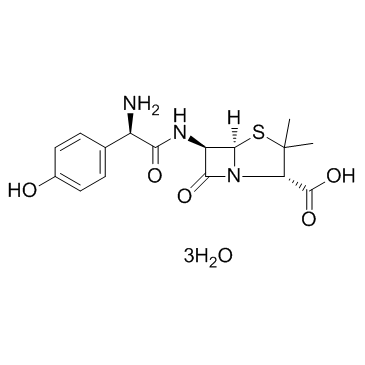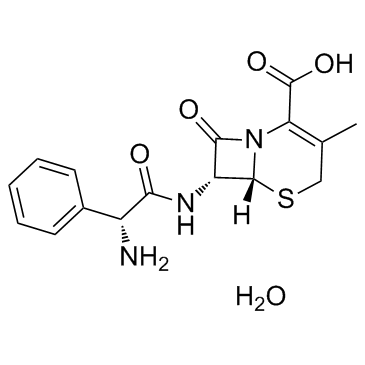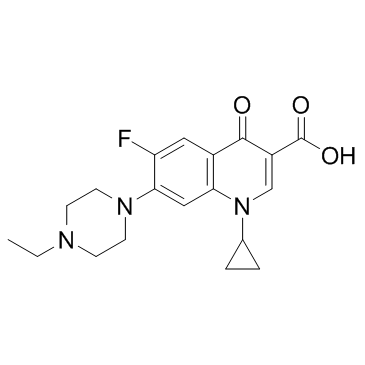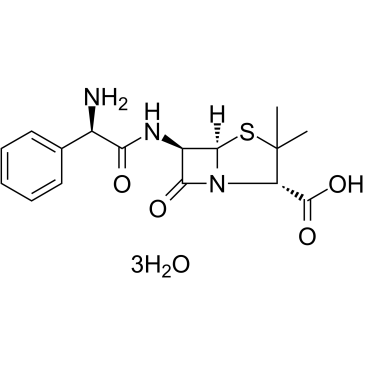| Structure | Name/CAS No. | Articles |
|---|---|---|
 |
Amoxicillin Trihydrate
CAS:61336-70-7 |
|
 |
N-hexane
CAS:110-54-3 |
|
 |
Cefazolin
CAS:25953-19-9 |
|
 |
Cephalexin monohydrate
CAS:23325-78-2 |
|
 |
Oxytetracycline Dihydrate
CAS:6153-64-6 |
|
 |
Chloramphenicol
CAS:56-75-7 |
|
 |
cyclohexane
CAS:110-82-7 |
|
 |
Enrofloxacin
CAS:93106-60-6 |
|
 |
Cephalexin
CAS:15686-71-2 |
|
 |
Ampicillin Trihydrate
CAS:7177-48-2 |